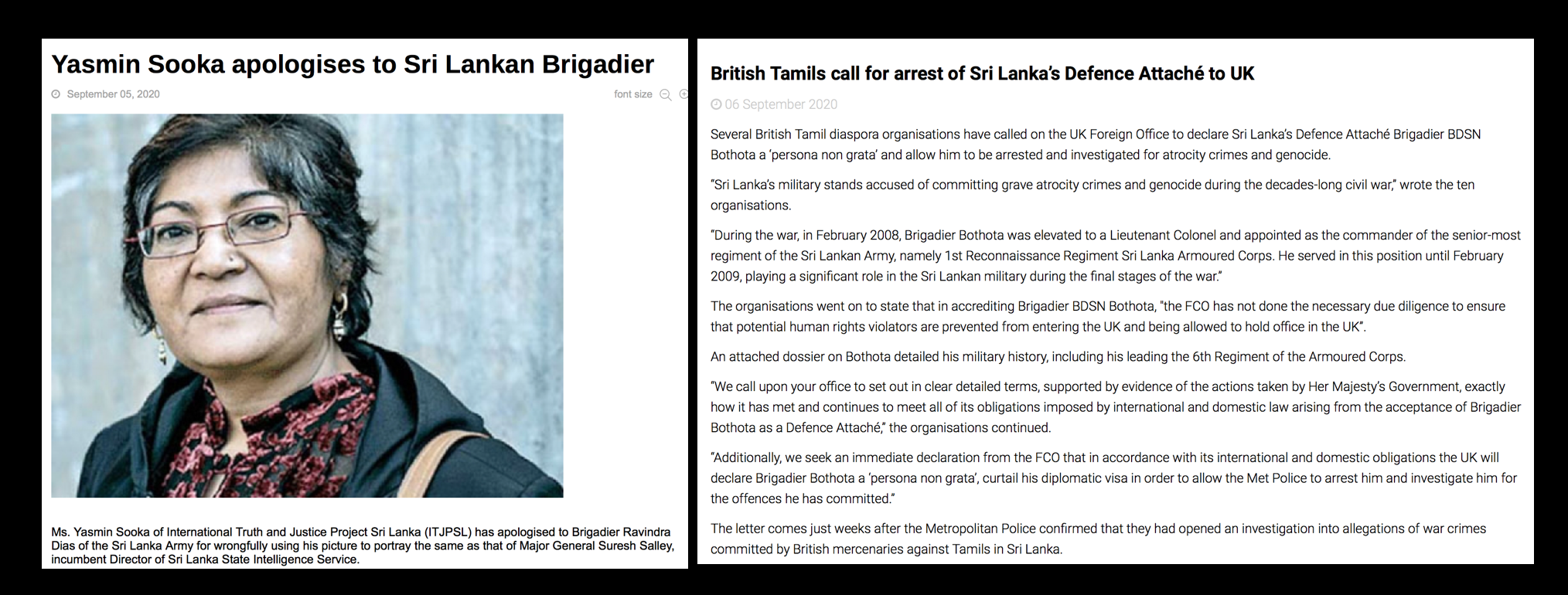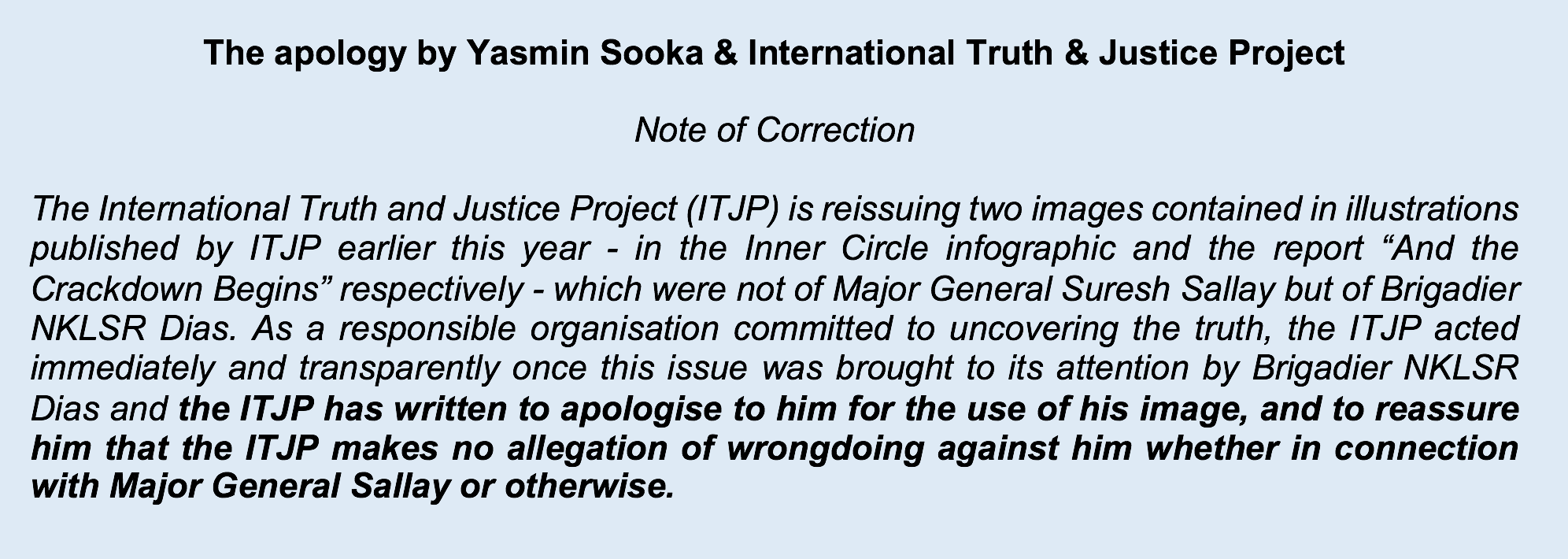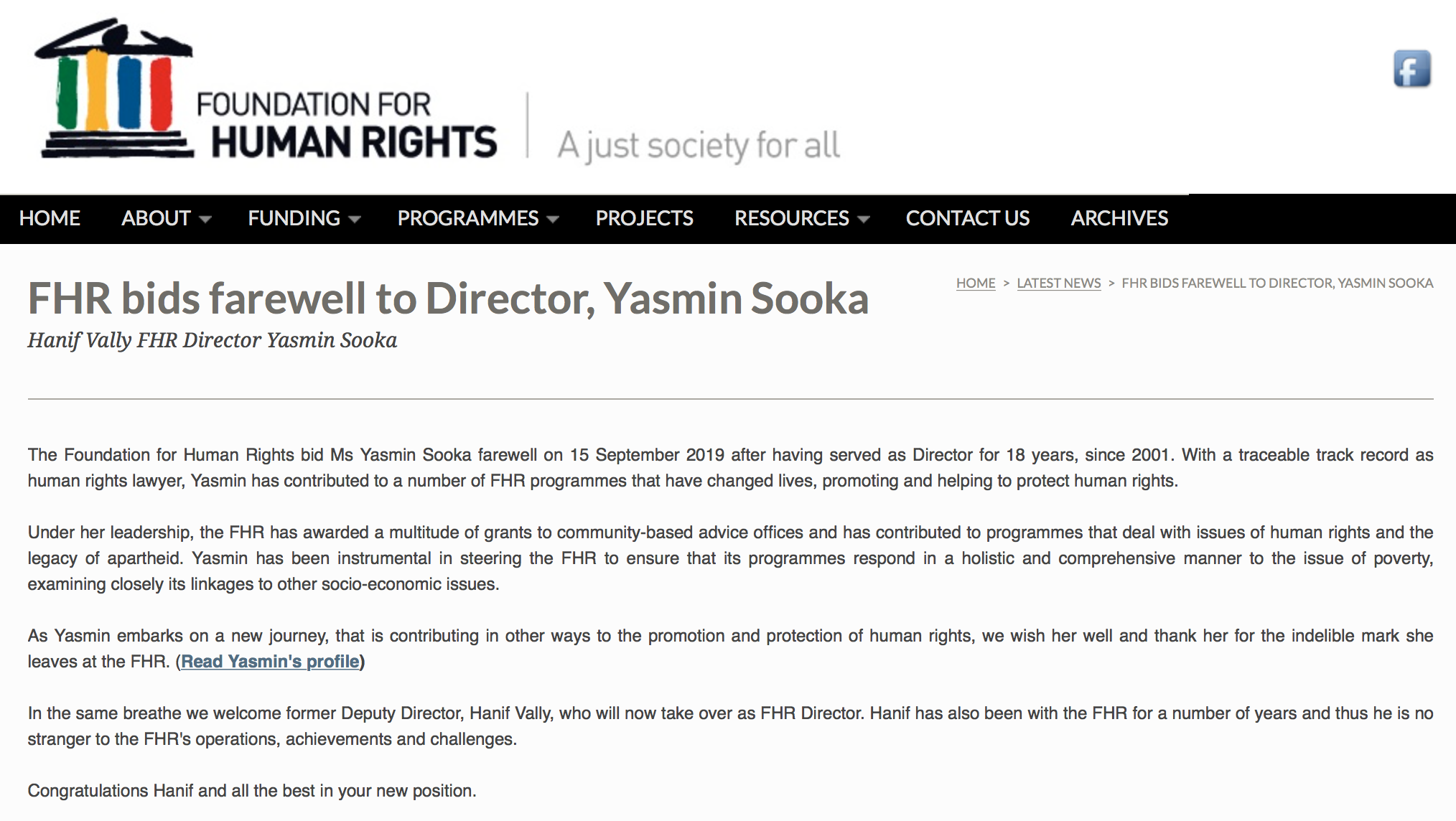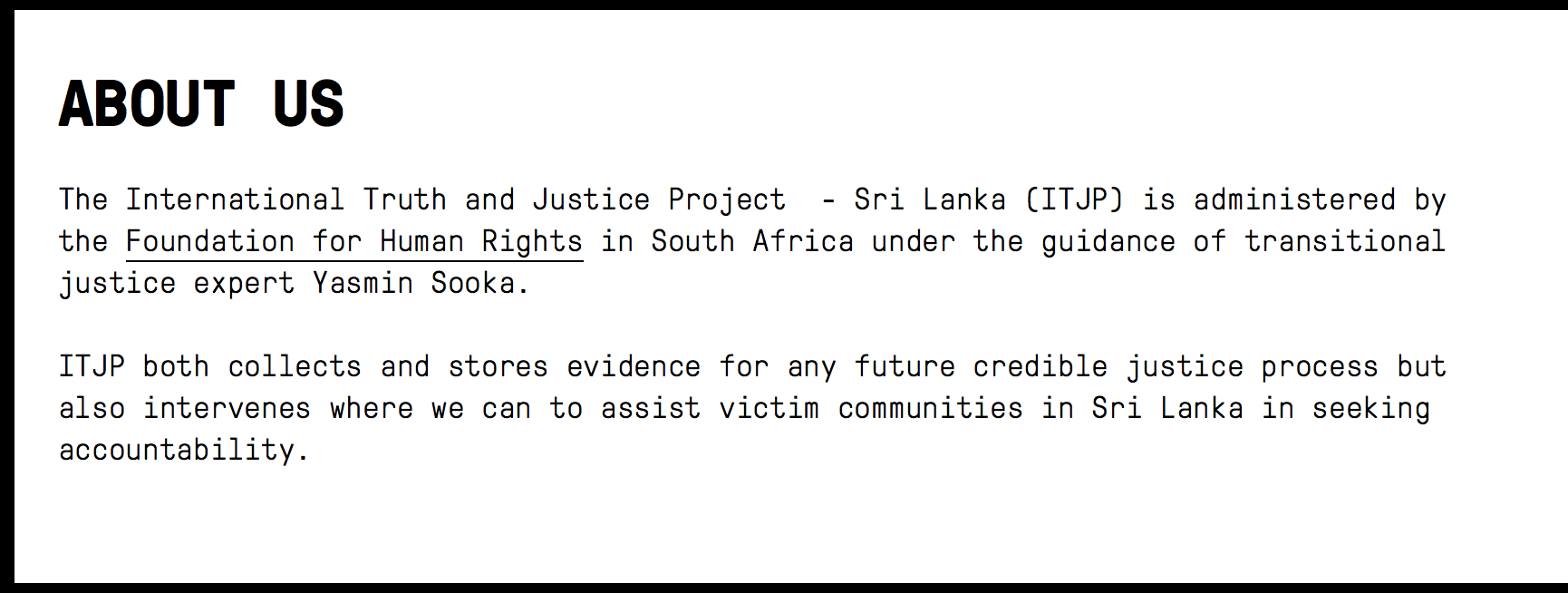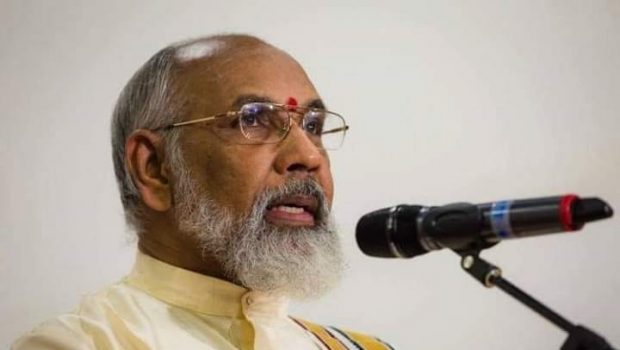H. L. D. Mahindapala
The abuse of history has been one of the major
contributory factors that led to the exacerbation of the North-South relations.
If our political/social scientists had balanced the mono-ethnic extremism of
the North with the Southern forces rising against the provocative
politics of the peninsula (Example: 12% Jaffna Tamils demanding 50% of
power at the centre) and given both the due weightage, the communal
conflagration that kept the nation burning for 33 years could have been avoided.
Instead the anti-Sinhala-Buddhist ideologues in academia and NGOs played foul
by manufacturing and reinforcing the mono-causal perspective that pointed the
finger only at the Sinhala-Buddhists. This ideological thrust deflected
the attention away from the demonic juggernaut that came rolling
down from the North and destroyed everything in its wake.
Prof. S. J. Tambiah’s Buddhism
Betrayed?: Religion, Politics and Violence in Sri Lanka is a
typical example of blaming only the Sinhala-Buddhists. This mono-causal theory
does not fit into a universe consisting of multi-factorial causes. Tambiah’s
attempt to brush aside the complexities and reduce the North-South conflict to
a single cause is a cheap exercise that appealed to the partisan
ideologues committed to separatism. Tambiah went overboard to convince the
world that all the evils originated only from Buddhism.
Woven into this was the other theory that claimed
majoritarianism is the worst evil under the Sri Lankan sun. They refused to
accept that minoritarianism can be – and has been – an evil worse than
majoritarianism. In fact, the current global stability has been threatened by
minoritarianism targeting majoritarianism and vice versa. It has replaced the
Cold War rivalry that plagued the post-World War II period. Tambiah ignores the
rise of minoritarianism as a destabilising force driven by mono-ethnic tyranny
and focuses only on majoritarianism which fought the longest war within a
democratic framework. The one-eyed view of Tambiah questions his claim to be
multi-dimensional analyst. His book is such a juvenile exercise that any
academic mug could have written a similar book titled Christianity
Betrayed?, or Judaism Betrayed?, or Gandhism
Betrayed?, oreven Marxism
Betrayed?.
It is no great intellectual feat to string together
a few negatives of any given subject and call it This-and-that
Betrayed? Besides, history is one big mass grave in which the dry
bones of noble ideals lie scattered with no one caring two hoots about it.
Clearly, Tambiah’s academic exercise to pick only on Buddhism, ignoring the
parallel Hindu forces of the North fathered by Arumuka Navalar, a caste
fanatic, does not elevate him beyond that of a partisan charlatan.
The parallel force in the South was led by
Anagarika Dharmapala who, like Navalar, was an anti-Christian, anti-Western
reformist whose primary objective was to restore the traditional values of the
indigenous people suppressed by the colonial masters. The difference, however,
is that Navalar’s revision of Saivism, which was a political move to anoint the
Vellalas as the Brahmin aristocracy of Jaffna, perverted the political culture
of Jaffna, empowering the Vellalas as the God-given rulers of Jaffna. The Vellala-approved Tesawalamai,
which codified the customs of Jaffna, also legitimized the owning and
exploitation of slaves. These Tamil pariahs (outcasts) were reduced to
subhuman slaves. The Vellala struggle was to retain the feudal and colonial
privileges, positions and perks which they feared would decline with the sun
going down in the British raj.
As the Vellala power and glory began to crumble
under the invasive forces of modernity they took to mono-ethnic extremism as a
last resort to survive in the competitive electoral politics, particularly in
the post-Donoughmore period. Vellala casteism, legitimized by Navalar’s
Saivism, was no longer viable to retain their supremacy. Jane Russell
delineates this phase in her brilliant study of communalism under the
Donoughmore constitution. ( Communal Politics under the Donoughmore
Constitution, 1931 – 1947). Mono-ethnic
extremism was the only defence left to retain their grip on peninsular
politics. Eventually, the Vellala devotees of Navalar abandoned the
non-violent mainstream – a path endorsed by casteist Navalar — and
declared war in the Vadukoddai Resolution (May 1976) to preserve their casteist
supremacy. It was this struggle that led them all way, via Vadukoddai, to
Nandikadal, the Waterloo of the Vellalas.
As opposed to this, Anagarika Dharmapala’s Buddhist
revival advanced all the way to the latest triumph of the Rajapaksas raising
non-violent democracy to its peak. With all its imperfections, the
triumph of the democracy in Sri Lanka is attributed to the power of tolerant
Buddhism to nurture and foster a democratic culture. This was the original
conclusion of Prof. A. J. Wilson, son-in-law of the father of Tamil separatism.
(See below). Going against this reality, after the Tamils took to separatism,
Prof. Tambiah manufactured a mono-causal history partly to demonise the
Sinhala-Buddhists as the prime cause of the raging ethnic conflict, partly to
cover up crimes committed by the Tamil Vellalas against their own people in the
feudal and colonial times, and partly to legitimize the fascist regime of
Vellala supremacists, born out Hindu ideological distortions, indoctrinated by
Arumuka Navalar. Manufacturing a mono-causal theory to point the finger only at
one side in a conflictual situation where the ubiquitous opposites in history
collide is, in the first place, against the known laws of history. Second,
history happens only as a dialectical clash of two or more conflicting forces.
The reverberating sounds of history do not echo in the passages of time with a
one-hand clap.
The traumatic and the catastrophic events that
shook the nation from the declaration of war at Vadukoddai in May 1976 to
Nandikadal in May 2009 need not have occurred if the Vellala leadership had
greater concern for the Tamil people. The tragic ending in Nandikadal exposes
the short-sighted politics of a leadership that used its people to achieve
their goals. Their strategy was to create a bogeyman in the South and
market mono-ethnic extremism as the only way out for the Tamils. They never
offered the Tamil people alternative ideologies — liberal, socialist or any
other varieties of Marxism – that prevailed in the South. The ideologues
who ganged up to manufacture their version of history constructed only a
one-eyed narrative of blaming only the Sinhala-Buddhists. According to them the
Yal Devi went only to the North and never came down.
Take, for instance, the case of Dayan Jayatilleka
who never fails to advertise that he is a political scientist”. If Prof.
Tambiah is at the high-end of anti-Sinhala-Buddhist gang Dayan is at the very
low end, parroting what his gurus had told him. Wearing his tinted blinkers
made in Gramsci’s factories in Italy, he is wont to attack the
Sinhala-Buddhists, naming in particular Anagarika Dharmapala, the anti-colonial
reformist who awakened the Sinhala-Buddhists to the corrosive effects of the
Christianized, Westernized and alien forces imposed by the imperial masters.
Dayan has failed to give equal weightage to the
parallel forces unleashed in the North by the Saivite revisionist, Arumuka
Navalar – the most pernicious casteist fanatic who is the demi-god of the
Vellalas. He fathered Vellala casteist fascism that turned his devotees in
Jaffna into relentless and merciless oppressors of the Tamil people. This high
priest of Vellalaism told his Saivite followers that it is their duty to kill
those who revile” Siva. And if they can’t kill they should hire someone else
to do it for them. (p. 80 – The Bible Trembled, The
Hindu-Christian Controversies of Nineteeth Century Ceylon, R. F. Young
and (Bishop) S. Jebanesan). Imagine, for instance, what Dayan Jayatilleka and
his fellow-ideologues would have done if Anagarika had told the Buddhists to
kill those who had reviled” the Buddha. Wouldn’t he have danced the kavadi to
the drum beat of goo-ooo-rung, goo-ooo-rung in the
streets of Colombo condemning it?
Dayan’s pseudo-political science is yet to give due
weightage to the Vellala factor that over-determined the North-South relations
from the colonial period. He has, in his abysmal ignorance, failed to weave in
the decisive and destructive Vellala factor that collided with the Southern
forces reacting to the Vellala grab for power in the dying days of colonialism.
At the centre of the North-South conflict has been the Vellala thrust to grab
disproportionate power at the expense of other communities. Dayan was blinded
by various shades of Eurocentric theories, particularly Marxism, that hardly
worked at the grassroot level in Sri Lanka. He could not get out of that box
and come to grips with the mono-ethnic extremism of the North – the sole source
of power of the Vellalas — winding its way inexorably to the Vadukoddai
Resolution and, consequently to Nandikadal.
Like all anti-national political pundits, he fancies
that if he throws in a few quotes from Gramsci, Althusser, Marx, Lenin etc., he
could lasso the multifarious forces that had bedevilled Sri Lankan
politics and keep them under his control in his ideological stables. He
believes that the solution lies in theoretical mumbo-jumbo spun in Eurocentric
ideological factories. But how many Gramscis, Althussers and Lenins marched all
the way to the polls that swept the Rajapakses into power? Which theory of our
pundits predicted the annihilation of the UNP, or the rise and rise of the
Rajapaksas? The presidential and the Parliamentary elections debunked the
theoreticians parading as political scientists”. The Eurocentric theoreticians
were among the victims of the Rajapaksa tsunamis that swept the nation.
This is only one example of how our
political/social scientists blacked out the destructive forces that came down
from the North and destroyed the ground laid for peaceful co-existence by the
Founding Fathers of independence. Better political/social scientists than Dayan
have played the ignominious role of betraying the fundamental principles of
scholarship. They had no qualms in abandoning their own findings/theses at the
end of years of research and plugging anti-Sinhala-Buddhist propaganda to
buttress their partisan political agenda. I shall deal with more of it
later.
Before that let me first deal with the manner in
which distorted history played its subversive role in post-colonial
politics. Each time history was dragged into the political arena it either ran
into verbal fireworks with the clash of theories and interpretations, or
exploded in bloody violence like the fireball that rolled all the way down to
Nandikadal. In fact, the very first communal explosion that ripped the
uninterrupted inter-ethnic harmony of centuries occurred when the up-and-coming
leader of rising Tamil communalism, G. G. Ponnambalam, launched his attack
debasing the Mahavamsa and the history of the Sinhalese
in June 1939 in Nawalapitiya. Lashing out at the Sinhalese as a race of hybrids”
he denigrated them as nobodies in the history of the nation. It didn’t take
long for inter-ethnic clashes to ignite in the neighbourhoods of Passara,
Nuwara Eliya, and Maskeliya.
Next month S. W. R. D. Bandaranaike was able to
form a branch of the Sinhala Maha Sabha in Nawalapitiya. At the inaugural
meeting he said: The Nawalapitiya Sinhala Maha Sabha should erect a statue of
Mr. Ponnambalam as we should be grateful to him for provoking the formation of
this Sinhala Maha Sabha.” (p.256 – Communal Politics under the
Donoughmore Constitution, 1931 – 1947, Jane Russell, Tisara
Prakasakayo, 1982.)
This was the time when Ponnambalam was going around
whipping up support for his 50 – 50” demand. The ruling Vellalas who formed
the power elite in Jaffna backed Ponnambalam to the hilt. The anti-caste,
anti-communalist Jaffna Youth Congress, the one and only movement of the North
to reject Tamil communalism, was critical of Ponnambalam. The Youth Congress,
which was a formidable force in the twenties, stated: There has been plenty of
false propaganda and exaggeration on both sides. Mr. Ponnambalam has been
singing the glories of the Tamil race from public platforms, and by implication
and direct statement casting slurs upon the Sinhalese people. Communalists flourish
on one another. It is the existence and utterances of a Ponnambalam that
provide the means for the rise to popularity and power of a Bandaranaike, and
it is the latter’s acts and utterances that the former used to whip up a
following.” (Ibid – pp. 255-6).
Jane Russel points out that 1938 and 1939 mark the
nadir of communal relations in Ceylon”. (Ibid – 234). And she noted: In March
1938, G. G. Ponnambalam and D. P. R. Gunawardena came to blows in the corridor
outside the chamber (of the State Council).” (Ibid – p. 257). Footnote to this
said: The victor to this pugilistic contest was, not surprisingly, D. P. R.
Gunawardena”.
Any serious study of Jaffna will confirm that
despite the boasts of the greatness of the Jaffna Tamils they lack not only substantial
evidence to back it up but also a historical consciousness comparable to that
of the Sinhalese. So when Jaffna launched the separatist movement in 1948 it
became an urgent political necessity to manufacture a history that could
substantiate their political agenda. The history” contained in the Vadukoddai
Resolution is a clear example of Tamils making history on the run. The frantic
rush to make a new history was inevitable because the Tamils, unlike the
Sinhalese, did not have a sense of history. Writing on the attitude of the
Sinhalese and the Tamil towards their past, E. Valentine Daniels, Associate
Professor of Anthropology, University of Michigan, said that the Sinhalese
privilege history, whereas the Sri Lankan Tamils privilege heritage.” (p.
1.– Three Dispositions Towards the Past: One Sinhala, Two Tamil,
Social Analysis, No.25:22-41, 1989).
Besides, the Mahavamasa, Chulavamsa,
Deepavamsa point to the deep historical consciousness of the
Sinhalese. The Tamils have not produced any comparable records of their past.
In fact, the colonial masters had to urge them to produce a history for their
guidance. The best known, Yalpana Vaipava Malai, was
produced by poet Mylvakanam, because the Dutch Governor asked him to do so.
Nobody asked the historian Mahanama to write the Mahavamsa.
He did so in medieval times because he inherited the historical consciousness
from his ancestors. It was in their blood. It was different with the Tamils of
Jaffna. In the 20th century the Vellala casteist supremacists were
desperately in need of a history not only to maintain their casteist grip on
peninsula politics but also to extend their power beyond the boundaries of
Jaffna.
They needed history to sanctify, justify and
legitimize political violence which they launched in the end to achieve their
elusive Eelam. The South too used history to justify their violence. But it has
been more reactive than provocative. For instance, only the North has
officially resorted to violence consciously and deliberately to achieve their
political goals by declaring war against the South in the Vadukoddai Resolution
(1976). No other leadership of any other community has officially declared war
on a mono-ethnic ideology to achieve self-serving political goals at the
expense of other communities.
The ending of Vadukoddai violence in Nandikadal
confirm that history returns again and again to renew and reinforce the flow of
the mainstream, dismissing fanciful and futile interpretations of
theoreticians. History refused to be boxed in by narrow, self-serving theories.
The most deplorable part is the role played by the intellectuals.
Re-reading Prof. Tambiah’s Buddhism Betrayed?, particularly
in the light of subsequent events, makes you wonder about the integrity of
intellectuals and their capacity to contribute gainfully to the welfare of
people, particularly to people trapped in conflict situations. Dayan’s theories
too can be dismissed as hollow sounds of an empty vessel. Whether it is on
Cuba, his ideal state, or on Sri Lanka, his political theories and somersaults
question not only his intellectual honesty but also his failure to grasp some
of the essentials of the ground realities.
It is the betrayal of their own principles and the
sacred standards set for sound scholarship that make the anti-Sinhala-Buddhist
academics/theoreticians a bunch of hired hacks selling their talents to the
highest bidder in the political market. Take the case of Prof. A. J. Wilson,
son-in-law of the father of Tamil separatism, S. J. V. Chelvanayakam. In his
early career he began by commending Buddhism as the force that has stabilised
Sri Lanka and fostered democracy. Here’s what Calvin Woodard, an American
scholar, wrote in a review of Wilson’s, Politics in Sri Lanka, 1947
– 1973, (Mac Millan Press, 1974): The uniqueness of Sri Lanka,
Wilson points out, is that it has faced these challenges without veering
from the democratic path. Certainly then, the key to the future lies in an
understanding of the past. How and why, in other words, has the democratic
experiment been able to work so well in Sri Lanka? The author investigates this
and concludes that the political stability so far maintained in Sri Lanka
is due mainly to two forces, one of indigenous origin and the other the
result of Western implantation. Primary is the Buddhist ethos and the doctrine
of tolerance. This, according to Wilson, has acted to dissuade the majority
community from unduly imposing itself on the minorities and encourage it to
respect the fundamental rights and distinctions of others in the plural
society. Similar in effect to the Western notion of compromis, the
doctrine of tolerance has facilitated compromise and provided essential
underpinning in society to the parliamentary system.” ( pp. 72-73, The
Ceylon Journal of Historical and Social Studies, Vol III,
July-December, 1973, No.2).
It should be noted that this was written after S.
W. R. D. Bandaranaike, who is generally vilified by the Tamil ideologues as the
evil force that unleashed Sinhala-Buddhism as a dominant political force.
Wilson’s ideological somersault is unacceptable. Yes, one could take it
from a prostituting politician selling himself to win votes but not from an
intellectual who was the best-informed on the facts and issues of the day. Is
there any intellectual integrity left in Wilson for turning against his own
scholarly judgement? Is marrying the daughter of S. J. V. Chelvanayakam, the
father of Tamil separatism, a valid reason for turning against the
Sinhala-Buddhists?
Following in his father-in-law’s footsteps he too
began to accuse the Sinhala-Buddhists of being creatures of the Mahavamsa.
Abandoning his own scholarly judgement, he had no compunction in using pop
slogans like Mahavamsa mentality” to denigrate the Sinhala-Buddhists.
Obviously, he has not read that masterpiece which declared that the ultimate
objective of history was to make the island a fit-dwelling place for men”
and not for any particular community, certainly not for the
Sinhala-Buddhists. This is another deplorable case of our intellectuals
distorting history to serve their political ends.
This brief outline is only a part of the history of
the anti-Sinhala-Buddhist ideologues who had no compunction in
selling their souls for self-serving politics. Eventually these
intellectuals reaped in Nandikadal the hate politics they sowed in
Vadukoddai. The tragedy is that they still keep on harping on the futile
politics of blaming the Sinhala-Buddhists without examining seriously and
honestly where they went wrong and why. How long are they going to keep on
blaming the Sinhala-Buddhists for their political blunders that took them
nowhere?
Not knowing what to do next they are bent on
going back to their fathers’ and grand-fathers’ politics like G. G.
Ponnambalam who talked of two nationalities” in Parliament on the opening day.
I wrote this as prelude to deal with his attempt to go back in time to his
grandfather’s divisive politics. Incidentally, his grandfather asked only for
fifty-fifty” not a nation. Tamil nation” was a latter-day concoction. I shall
go into some aspects of his politics in the next contribution.

